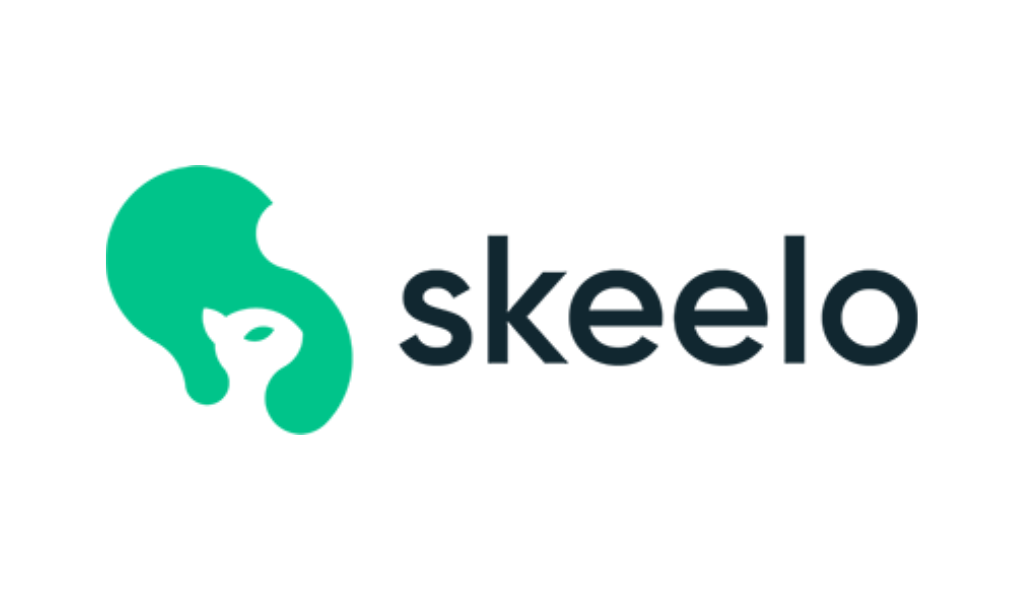Intersection Observer API for Element Visibility Detection and Improved Performance
Pepperfry taps Intersection Observer to boost UI speed and smoothness.
Showing 20 of 534 articles (Page 9 of 27)

Pepperfry taps Intersection Observer to boost UI speed and smoothness.

Swiggy tunes video caching for smoother playback in their apps.

Glance tests their app’s limits with Locust for rock-solid reliability.

Skeelo shares their best tips for solid end-to-end app testing.

Snapchat cuts the time it takes to get their camera up and running.

AWS benchmarks apps on rooted Androids to see how they really perform.

Instagram gives iOS devs instant feedback to speed up their work.

Premise uses Gradle Enterprise to catch Android build issues early.

Glance dives deeper into Android UI testing for even better results.

Amazon shows why testing app speed is make-or-break for success.
Simform offers a full rundown on boosting Android app performance.

Swiggy tests faster with temporary setups that mimic real use.

Glance tests Android UI to keep it smooth and responsive for users.

The post by Emerge Tools analyzes the Peacock app's transition from React Native to native development,

Pepperfry uses Java multi-threading to make API calls lightning-fast.

Robinhood’s server-driven UI lets frontend devs make big changes, fast.

Uber’s AI-powered DragonCrawl makes mobile testing sharper and more efficient.

Gojek lays out why their driver app had to go modular for speed and sanity.

Instagram shares an open-source disk cache that’s simple and speedy.

Snapchat syncs messaging across platforms for a seamless experience.